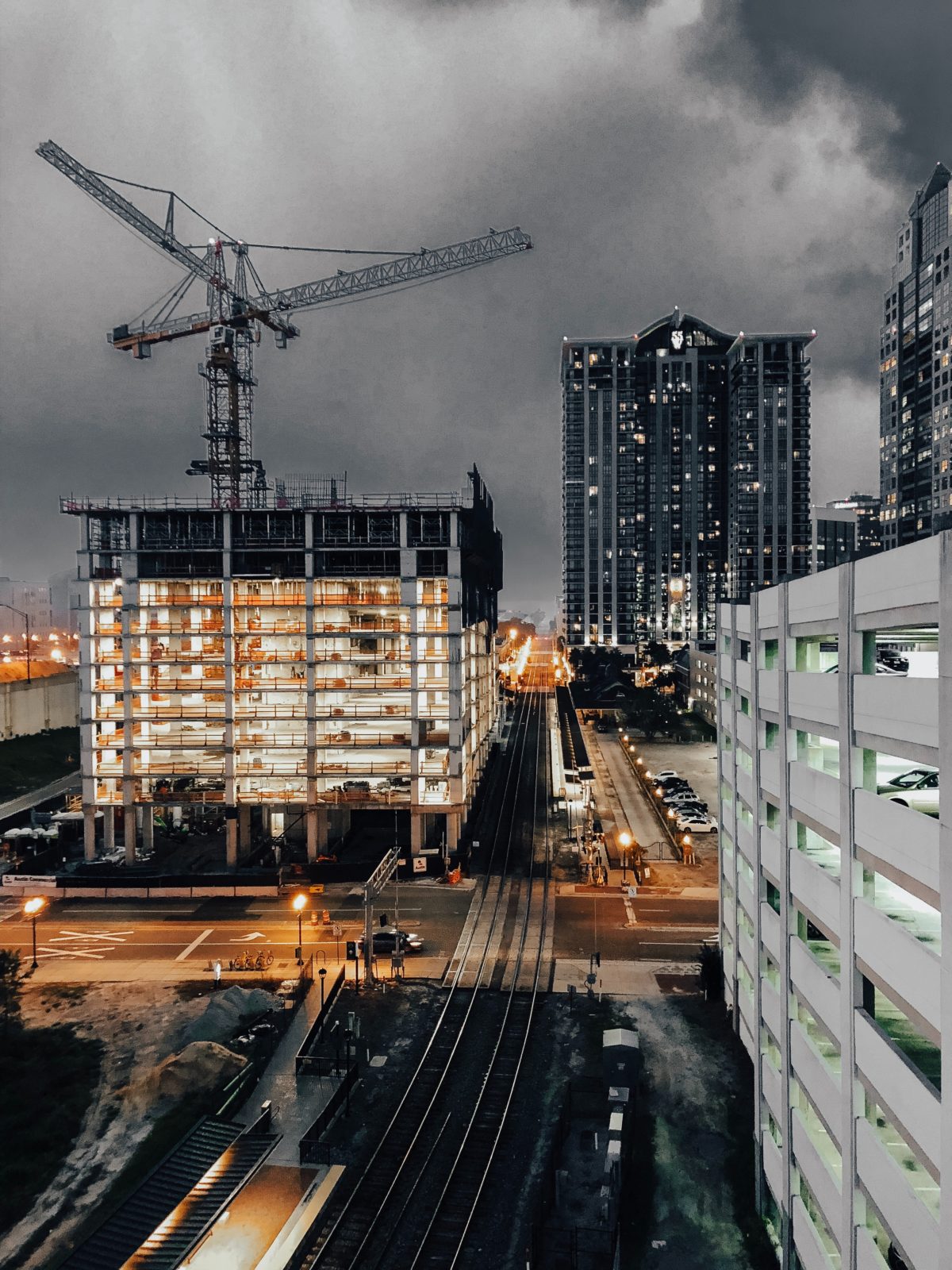Say what you want about the pandemic, but it really hit downtowns hard.
Before the pandemic, our urban centers, and business districts accounted for a third of where American corporations operated but fast forward to a year later, and almost all work was being done from home. Probably without pants.
While art institutions, festivals, and grocery stores are already back in action, office towers are still mostly empty, with a large number of companies try to weigh the benefits of having their workforce Zoom into meetings rather than haul themselves downtown.
Certainly, that will change as more and more of the workforce get vaccinated and perceptions shift, but this is an opportune moment to retool how we see our downtowns and shift from single-use districts to healthier, more holistic, downtown neighborhoods. Ones that rely on an equal split of live/work/play demands and activate our downtown core at all times of the day, rather than catering to office workers and late-night drinkers.
Employers are going to have to show some skin to lure workers back downtown by creating more amenities and more public spaces for them to spread out and enjoy themselves.
They’ll also need to focus on ease of access and connectivity in order to attract and retain their talent as more and more people weigh their own needs and desires in a post-pandemic world.
But don’t worry, there are some things Orlando can do to stay ahead of the game and be intentional about what our post-pandemic downtown looks like, rather than letting the market dictate that for us.
- Address urban mobility issues and break reliance on cars for transportation in our downtown. Even with a free parking program during the pandemic, Orlando residents were reluctant to make trips to the Central Business District due to poor parking perceptions. As suburban office parks are beginning to fill up again, our downtown is lagging behind.
- Along those lines, embracing the concept of “15-minute Cities” where residents have access to everything they need within a 15-minute bike ride, including shopping, recreation, and cultural needs.
- Make it safer to walk downtown by expanding sidewalks where you can.
- Make it easier for people to ride bikes downtown by opening up Bus Rapid Transit lanes to bicycles and scooters. Establish more cycling routes in and out of the downtown core.
- Using CRA funds to underwrite more amenities in the downtown core like when they incentivized the downtown Publix grocer and movie theater developments.
- Promote more affordable housing in the downtown core so people can live near where they work.
- Provide more outdoor dining options and parklets to enhance the vibrancy of our downtown streets and to support our local service industry with more seating for more paying guests.
- Make it easier to host pop-ups and short-term leases in empty downtown storefronts. The current process is bogged down with red tape and needs to be overhauled into an easy, low-barrier way to activate dead space.


Pan-panic is why we can’t have nice things.